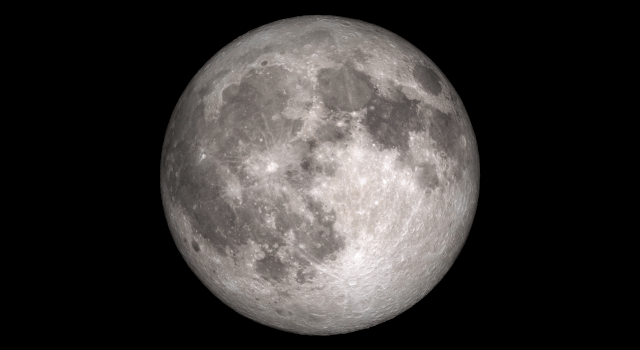What's Up
Total Lunar Eclipse and Supermoon
When:
Sunday, January 20, Totality at 9:12 p.m. PST (12:12 a.m. EST)Where:
Total eclipse visible in North and South America and western parts of Europe and AfricaTarget Audience:
General PublicOverview:
Viewers in North and South America, as well as those in western parts of Europe and Africa, will be able to watch one of the sky's most dazzling shows on Jan. 20, 2019, when the Sun, Earth and Moon align at 9:12 p.m. PST (12:12 a.m. EST), creating a total lunar eclipse. The full moon will also be at its closest point to Earth in its orbit, called perigee. While at perigee, the Moon appears slightly bigger and brighter from our perspective on Earth, so it's often referred to as a "supermoon." But does it really look as super as some say?
Check out these Teachable Moments from NASA/JPL Edu to find out how to watch a lunar eclipse and see what causes them to occur – plus learn more about supermoons and what to expect when one comes around.
-
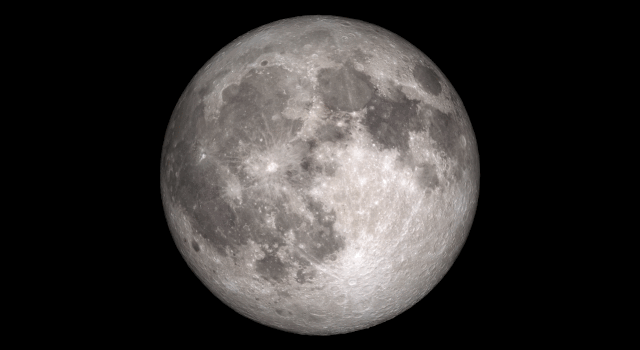
Teachable Moment: How to Watch the Only Total Lunar Eclipse of 2019, Plus a Supermoon
Find out what happens when a total lunar eclipse and supermoon grace the skies and what it can it tell students about Earth, the Moon and the Sun.
-
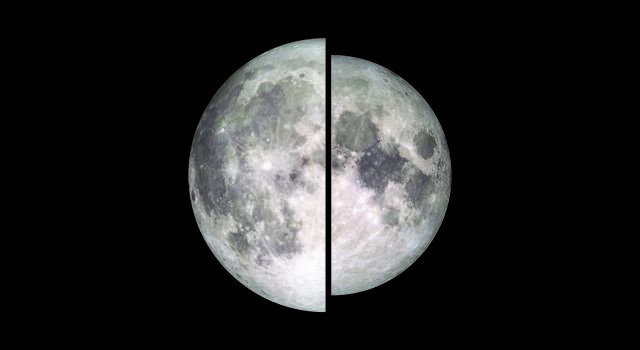
Teachable Moment: What’s a Supermoon and Just How Super Is It?
Are supermoons as super as they're made out to be? Learn what causes them and explore related activities for teachers and students.
Try these related projects for students and lessons for educators to get students engaged in and excited about our only natural satellite!
For Educators
-
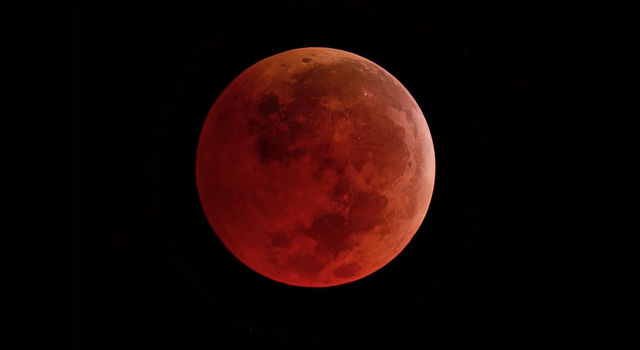
Evaluating a Lunar Eclipse
Students use the Danjon Scale of Lunar Eclipse Brightness to illustrate the range of colors and brightness the Moon can take on during a total lunar eclipse.
Grades 3-12
Time 30 mins - 1 hr
-

Observing the Moon
Students identify the Moon’s location in the sky and record their observations over the course of the moon-phase cycle in a journal.
Grades K-6
Time 30 mins - 1 hr
-
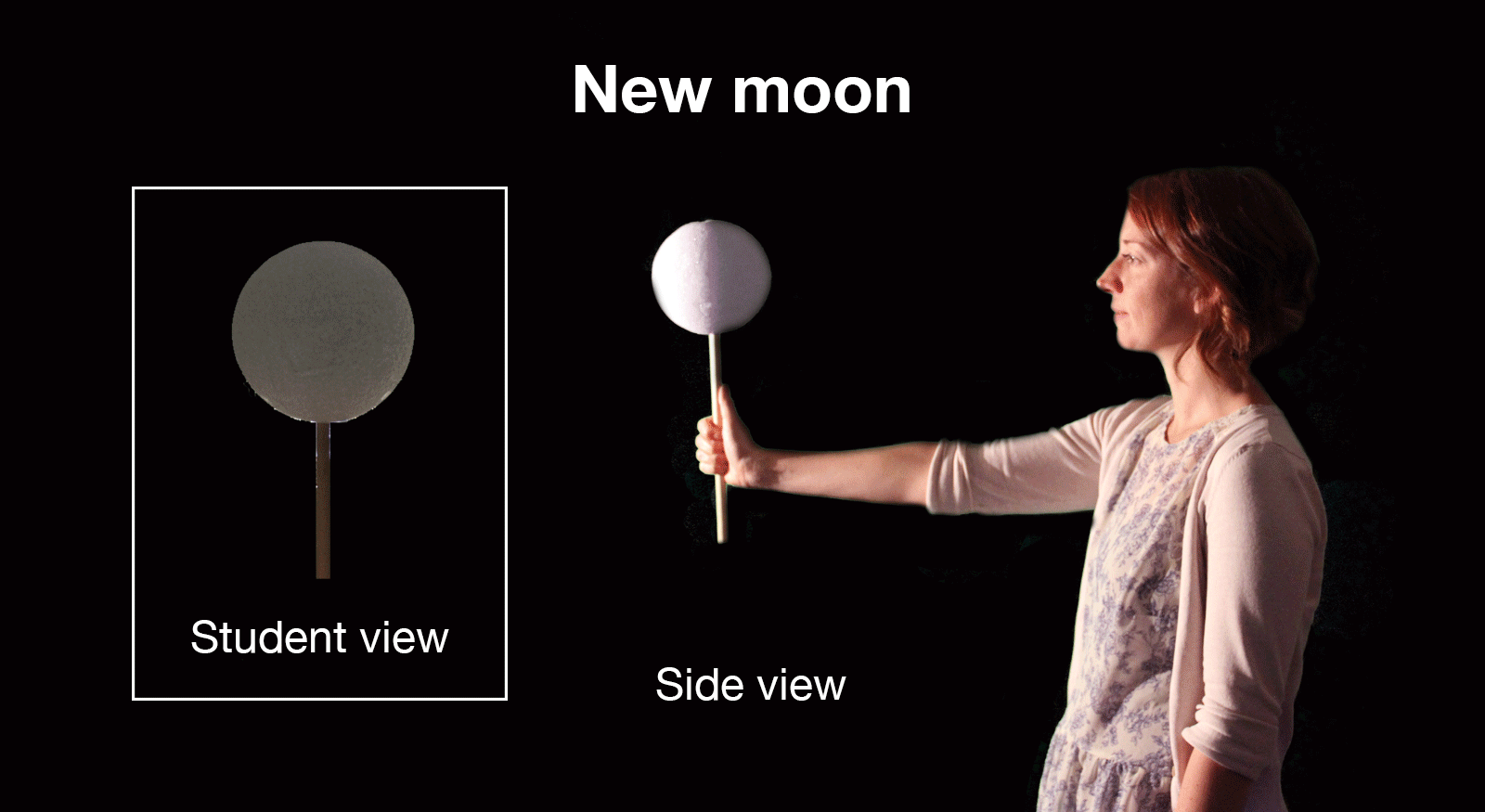
Moon Phases
Students learn about the phases of the moon by acting them out.
Grades 1-6
Time 30 mins - 1 hr
-
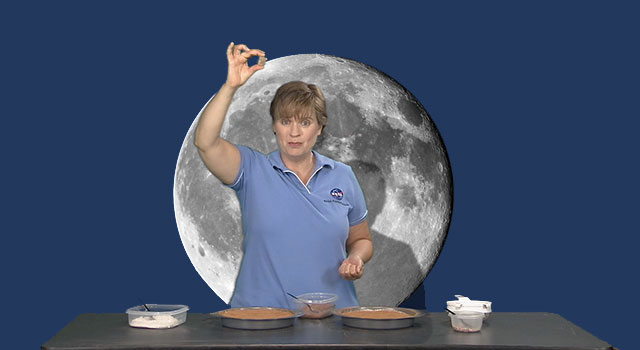
Whip Up a Moon-Like Crater
Whip up a moon-like crater with baking ingredients as a demonstration for students.
Grades 1-6
Time 30 mins - 1 hr
-
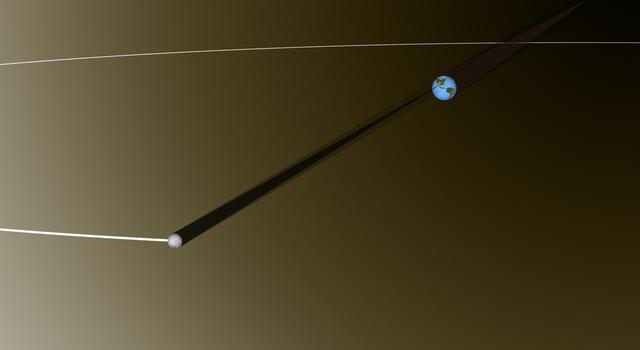
Modeling the Earth-Moon System
Students learn about scale models and distance by creating a classroom-size Earth-Moon system.
Grades 6-8
Time 30 mins - 1 hr
-
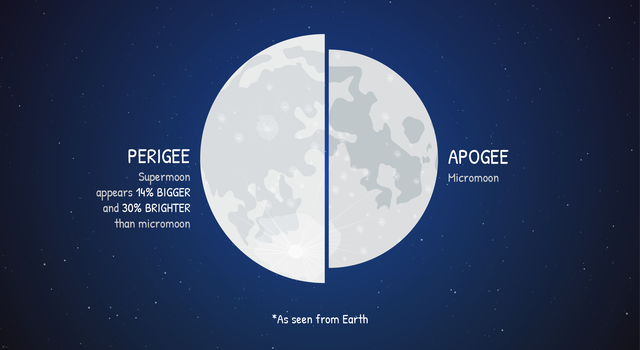
Measuring the Supermoon
Students use analog and digital tools to measure the Moon’s apparent size and brightness.
Grades 5-12
Time 30 mins - 1 hr
For Students
-
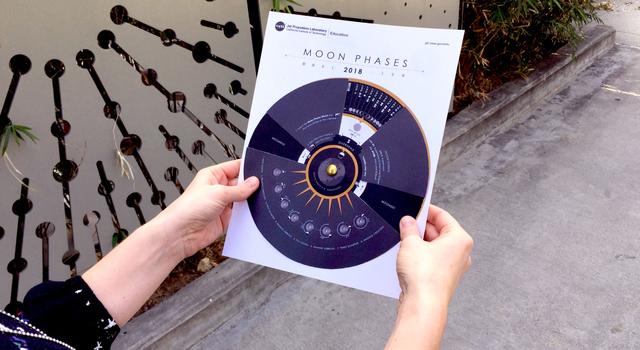
Make a Moon Phases Calendar and Calculator
Like a decoder wheel for the Moon, this calendar will show you where and when to see the Moon and every moon phase throughout the year! *UPDATED FOR 2019!*
-
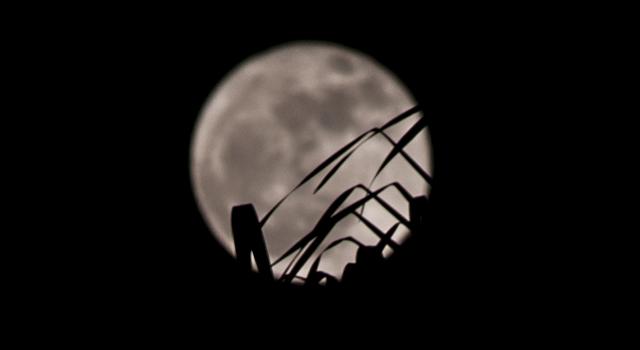
Look at the Moon! Journaling Project
Draw what you see in a Moon Journal and see if you can predict the moon phase that comes next.




